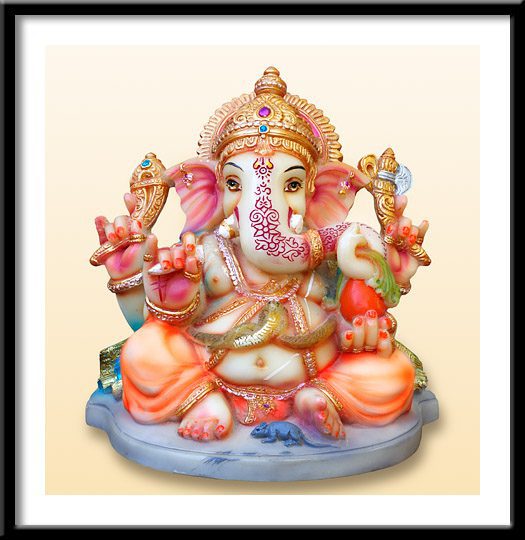
Welcome to the Vijaya Parrikar Library, an integral part of the Music Archive by Rajan Parrikar. The Library’s holdings are available for exploration through the Catalogue.
The Vijaya Parrikar Library was launched in 2003 and my prefatory remarks at the time are reprised below:
Only a small fraction of the recordings from India’s classical masters has ever reached the commercial sphere. A vast corpus of mehfil recordings remains inaccessible, sequestered in private collections or entangled within the labyrinthine corridors of government bureaucracy, far from the reach of the common rasika. These civilisational treasures must never become the private fiefdom of any individual. Even when a collector is willing to share his archive, the obstacles are legion: copyright entanglements and legalities are inescapable realities of our modern existence. It is therefore improbable that these cultural artefacts will emerge into public view anytime soon. Perhaps, in the distant future, these troves will be liberated and their riches disseminated, but as John Maynard Keynes famously noted, “in the long run, we are all dead.” Keynes’s sobering insight provides the imperative for this Library. [Added: That was then. The landscape has since transformed. Post-2013, there has been a veritable deluge of private collections uploaded onto YouTube and similar platforms.]
The Library is named in honour of my mother, Vijaya Parrikar, whose sacrifices and blessings allowed me to delve deeply into the study and ecstasy of music—what Professor John A. Wheeler called “the nourishing pasture of both the heart and mind” (adapted from his essay on Hermann Weyl).
The assets of the Vijaya Parrikar Library include rare excerpts from old recordings, many of them unpublished and difficult to locate. As they often capture the immediacy of live performance, they may not exhibit the sonic fidelity of studio recordings. I trust you will overlook the uneven audio, the ambient hiss, and other imperfections that are intrinsic to such archival material. For an analysis of the ragas featured here—both in structural and aesthetic terms—refer to the resources of the Music Archive.
The Catalogue spans artists from both the Hindustani and Carnatic traditions. For guidance on the Carnatic section, I look to the expertise of Dr. V.N. Muthukumar and Dr. M.V. Ramana.
Every effort has been made to credit the original sources of these materials, though this has not always been possible. In many cases, metadata documenting provenance was never recorded. Should you have knowledge of missing credits—be it for a photograph, recording, or other item—please get in touch. Most of the photographs on this site have been scanned by me personally, but as is often the case with Indian publications, the photographers remain uncredited. Any assistance in filling these gaps is deeply appreciated.
Acknowledgements:
I extend my gratitude to Dr. Narasimha Bhat of Manipal for helping me put together this layout. The steadfast support of Romesh Aeri, Dr. Ashok Ambardar, and Dr. Ajay Nerurkar is deeply appreciated. Special thanks are owed to Anita Thakur and Vijainder Thakur of the now defunct South Asian Women’s Forum (SAWF) site whose initiative and persistence gave this project its earliest life.
Warm regards,
